When my Virtual Oscilloscope was mistaken for just a picture!
This story always reminds me how much work we still have to do in Lebanon to bridge the gap in technological literacy among educators!

This story always reminds me how much work we still have to do in Lebanon to bridge the gap in technological literacy among educators!
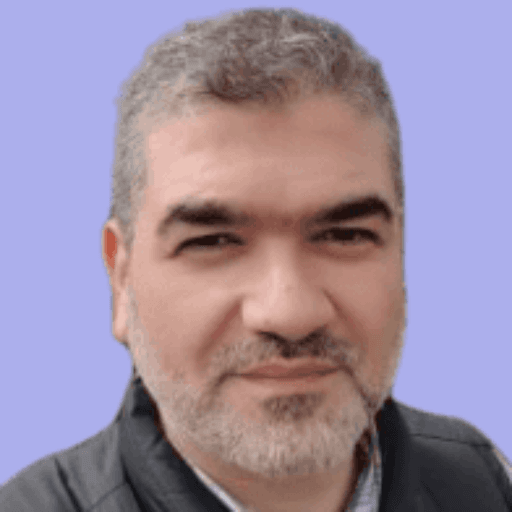
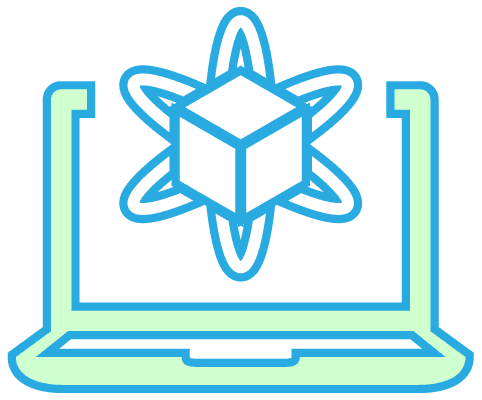

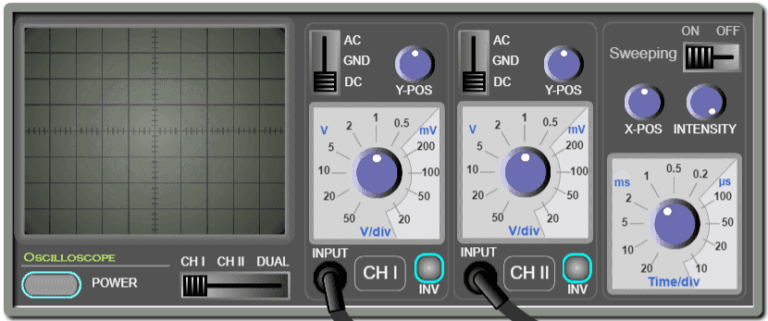
Designed to replicate the functionality of a real oscilloscope, the Virtual Oscilloscope has captivated the attention of students, educators, and electronics enthusiasts alike. Its intuitive interface and accurate waveform representations have garnered positive feedback, making it an invaluable resource for anyone interested in circuit analysis and electronic waveforms. I extend my gratitude to all those who have supported me and invite others to join this immersive learning experience.
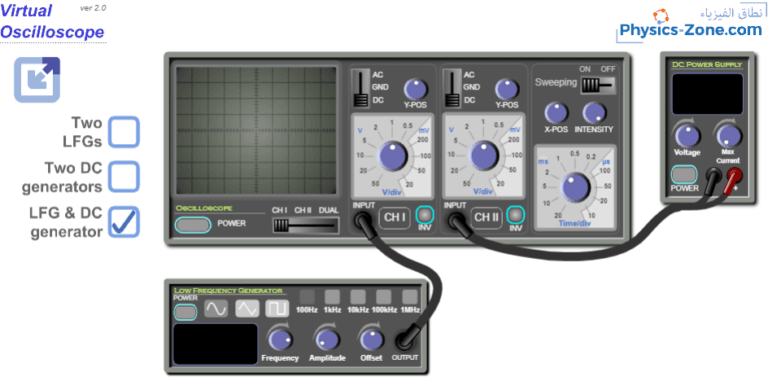
The paper: Using a web-based and stand-alone oscilloscope for physics experiment during Covid-19 pandemic, Mahizah Ismail et al (2023), Phys. Educ. 58 015006, is based on the Virtual Oscilloscope simulation. This paper was authored by Mahizah Ismail, Farid Minawi, Wan Zul Adli Wan Mokhtar, Noraihan L Abdul Rashid and Ahmad K Ariffin.
The article DOI: https://iopscience.iop.org/article/10.1088/1361-6552/ac95eb
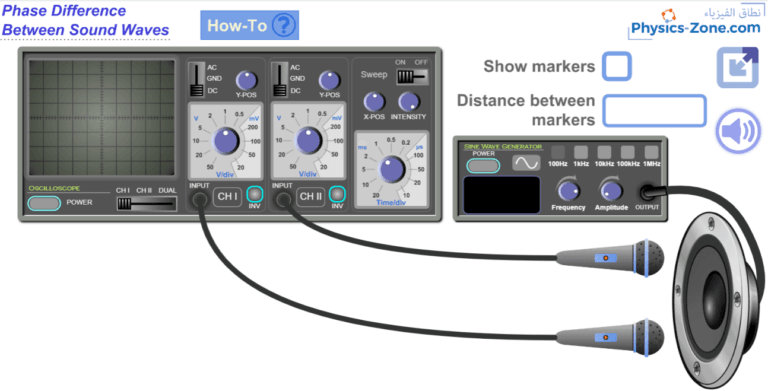
With this rich simulation, you can visualize and measure the phase difference between two sound waves using two microphones connected to an oscilloscope. Moreover, you can determine the speed of sound in air by measuring the distance between the two microphones when their waveforms are in phase, taking into account the frequency of the sound wave that is controlled by the sine wave generator.
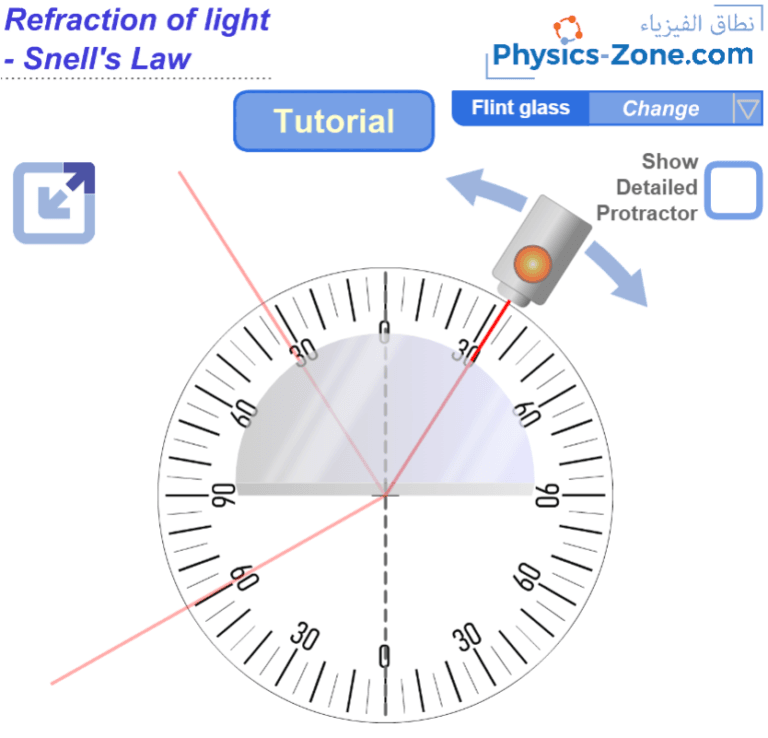
With this simulation, you can experiment the refraction of light between air and a transparent semi-disk. You can choose the material of the disk from a list of materials. Also, you can determine the index of refraction of the semi-disk when you apply Snell’s law to measurements you take in the simulation.